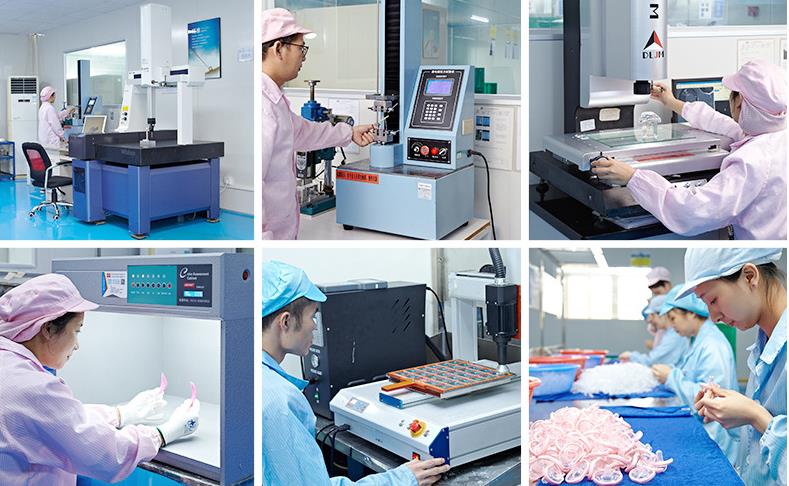Liquid silicone molding has become an essential process in various manufacturing sectors, including automotive, medical, and consumer goods. This innovative technique offers unique advantages over traditional molding methods, making it a popular choice for producing high-quality silicone parts. In this article, we will discuss what liquid silicone molding is, its benefits, applications, and considerations when choosing this method.
What is Liquid Silicone Molding?
Liquid silicone molding (LSM) involves the use of liquid silicone rubber (LSR) to create parts through a precise injection molding process. The liquid silicone is injected into a mold, where it cures to form solid silicone components. This method is favored for its ability to produce intricate designs and high volumes efficiently.

Key Features of Liquid Silicone Molding
- Flexibility: Can create complex shapes and designs.
- Precision: High dimensional accuracy for tight tolerances.
- Durability: Results in strong, flexible, and long-lasting products.
Benefits of Liquid Silicone Molding
1. Superior Material Properties
- Temperature Resistance: LSR can withstand extreme temperatures, making it ideal for various applications.
- Chemical Resistance: Highly resistant to chemicals, oils, and UV light, ensuring longevity.
- Biocompatibility: Safe for medical and food applications due to its non-toxic nature.
2. Cost-Effectiveness
- Reduced Waste: The injection process minimizes material waste compared to traditional molding.
- Efficiency: Faster production times lead to lower overall manufacturing costs.
- Long-Term Savings: Durable products require less frequent replacement, saving money in the long run.
3. Versatile Applications
Liquid silicone molding is used in various industries, including:
- Medical Devices: Producing components like seals, gaskets, and tubing.
- Automotive Parts: Creating durable components such as grommets, hoses, and seals.
- Consumer Products: Manufacturing items like kitchenware, toys, and personal care products.
Considerations for Liquid Silicone Molding
When opting for liquid silicone molding, consider the following factors:
1. Supplier Expertise
- Experience: Choose a supplier with a proven track record in LSM to ensure quality and reliability.
- Capabilities: Ensure they can handle your specific requirements, including design complexity and production volume.
2. Mold Design
- Complexity: Collaborate with your supplier to create an efficient mold design that maximizes production efficiency.
- Material Selection: Discuss the best silicone options based on your application needs.
3. Quality Control
- Testing: Ensure that the supplier implements rigorous testing to maintain product quality.
- Standards Compliance: Verify that products meet relevant industry standards and regulations.
Conclusion
Liquid silicone molding is revolutionizing the way manufacturers produce silicone components. Its superior material properties, cost-effectiveness, and versatility make it an ideal choice for various applications. By understanding the benefits and considerations of this molding technique, businesses can make informed decisions that enhance their manufacturing processes. Whether in the medical, automotive, or consumer goods sector, embracing liquid silicone molding can lead to significant advancements in product quality and efficiency.
Recent Post
- Overmolding Injection Molding | Advanced Manufacturing
- Precision & Durability: High-Quality Liquid Silicone Molding Solutions – Melon-Rubber
- Everything You Need to Know About Liquid Silicone Molding
- Exploring Liquid Silicone Molding: Advantages and Applications by Melon-Rubber
- The Benefits of Liquid Silicone Molding for High-Precision Manufacturing
- The Advantages of Liquid Silicone Molding: Precision, Flexibility, and Durability
